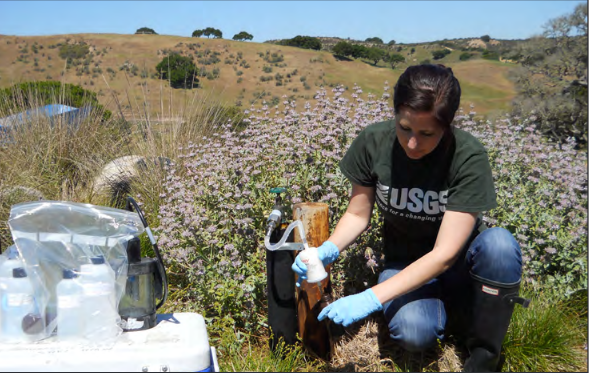 Chronic declines in groundwater levels occur when groundwater extraction exceeds recharge on an long-term basis. Chronic groundwater level declines may serve as an indicator or proxy for other undesirable results such as subsidence, compaction, and concentration of pollutants.
Chronic declines in groundwater levels occur when groundwater extraction exceeds recharge on an long-term basis. Chronic groundwater level declines may serve as an indicator or proxy for other undesirable results such as subsidence, compaction, and concentration of pollutants.
Groundwater level measurements are the principal source of information about changes in groundwater storage and flow in a basin. Thus it is important that GSAs monitor groundwater levels to ensure sufficient understanding of the aquifer systems in their basin and their response to changes in groundwater pumping, recharge and other variables.
FOR MORE INFORMATION: USGS webpage for groundwater level declines
Key information
Lowering groundwater levels
This fact sheet was prepared by the California Farm Bureau Federation.
SGMA-Insert-1-Lowering of Groundwater LevelsBMP 1: Monitoring Protocols Standards and Sites
BMP 1 Monitoring Protocols Standards and Sites_ay_19

